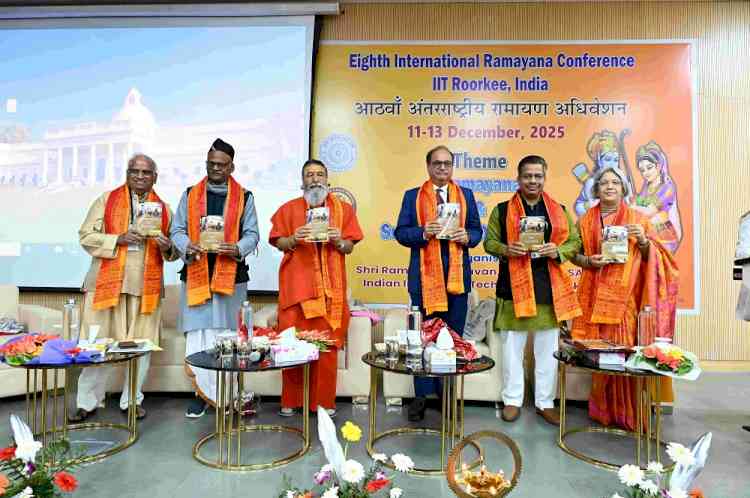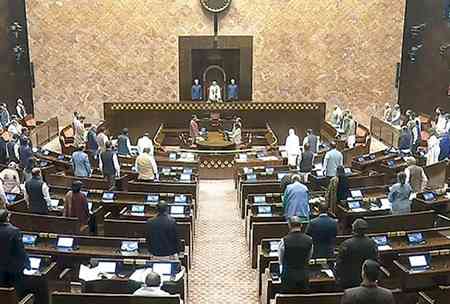Luxury segment overtakes budget housing
In spite of the fact that the budget segment still forms a significant portion of the total home purchases, there has been a phenomenal rise in sales in mid and luxury segments post-pandemic.

In spite of the fact that the budget segment still forms a significant portion of the total home purchases, there has been a phenomenal rise in sales in mid and luxury segments post-pandemic.
According to the latest Anarock report focussing on Buyer Interest Profiling (BIP), the mid-to-high-end segment units are the most preferred, accounting for 79% of the total demand.
An interesting finding of this report has been an increase in sales in the luxury segment—the price bracket of Rs 1.5 to 5 crores—compared to the affordable segment. The former accounting for 11% of the total sale was ahead of the affordable segment by 1% that registered a sale volume of 10%.
Yukti Nagpal, Director, Gulshan Group said - “The Indian real estate market has seen a dramatic increase in the motley of luxury properties in prime real estate corridors. There is a bristling demand from the population, which has led to a phenomenal increase in the number of luxury projects and their sales. The economic resilience of the millennial population and their desire for an ultra-luxury living experience and a well-grown environment are contributing to the rising takeaways and bookings of luxury properties."
Manoj Gaur, CMD, Gaurs Group & President-CREDAI NCR said – “I am not surprised by the Anarock’s finding that units in the mid-to-high-end segment make for almost 79% of the total demand. There has been a definite shift in preference and more and more buyers are now inclined towards luxury housing projects. Obviously, opulence inside the home is very important but what has also emerged as a factor, especially after pandemic, is a healthy, abundant environment along with a wide range of amenities that are truly top-notch. For us at Gaurs these have been some of the key elements when we conceptualised our ultra-luxury project in Greater Noida. Not only the location is one of the best in NCR but it also situated in the midst of a surrounding that has few parallels, and even though we haven’t launched the project formally, it is eliciting enthusiastic response and so far, more than half of the units have already been sold. The launch is slated for shortly”
Another equally interesting highlight of the report is that 2BHK and 3BHK grouped together at 64% formed a major chunk of the sales. Further, 2BHK clocked higher numbers compared to 3BHK units.
Vikas Garg, Deputy Managing Director, MRG World Said - "The pandemic has made people realise about the importance of a large and healthy living area. The families now want sufficient amount of space for each one of their members. As a result they are now investing in 3BHK units particularly in projects that offer a whole range of amenities inside the complex."
Rohit Mohan, Senior Vice President, BPTP Group said - A contributory factor could be that these luxury projects are coming up in areas that are fully inhabited and have all the amenities one would expect in a well-developed neighborhood. The new launches therefore need to offer unique and luxury propositions to meet the customers’ expectations & also further develop these regions. As a result of such additional amenities & services being offered, the pricing too needs to be adjusted. At present there exists a heavy demand and as a developer, we are not leaving any stone unturned in delivering our exclusive low rise townships or best in class group housings beyond customer expectations.
The Anarock research also found out that among the seven cities (Mumbai, Delhi NCR, Bengaluru, Chennai, Hyderabad, Kolkata, and Pune), demand for units costing over Rs 5 crore was 1% while those below Rs 40 lakh was around 10%. Demand for mid-segment units costing between Rs 40-80 lakh at 42% was the highest, while the demand of units costing between Rs 80 lakh-1.50 crore stood at 37%.
Profiling the buyers, Anarock reports that the service-class is the prime mover and at 68% it has been driving the housing demand almost uniformly in major Indian cities such as Mumbai, Delhi NCR, Bengaluru, Chennai, Hyderabad, Kolkata, and Pune. The service class was followed by the business-class buyers, (18%), and professionals (8%).


 City Air News
City Air News 








